
Top Five Invasives To Keep Out of Beech Hill Pond!
There are five aquatic invasive plants known to be in Maine lakes. If BHP were to be infected, it would likely be one of these plants. Here are highlights on these plants with links to the Maine VLMP site for more information. Learn more about the Maine VLMP’s “Eleven Most Unwanted Invasive Aquatic Plants“.
Variable water-milfoil is already present in 27 Maine lake systems, including streams. Variable water-milfoil is an extremely well adapted plant, able to thrive in a wide variety of environmental conditions. It grows well in still and flowing waters, and can survive under ice. Variable water-milfoil grows rooted in water depths from 1 to 5 meters on various substrates including organic muck, silt, sand and gravel.

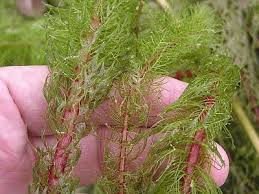
Eurasian water-milfoil is an aggressive colonizer, has been found in several Maine water bodies. This is an extremely well adapted plant, able to thrive in a wide variety of environmental conditions. It grows well in still and flowing waters, tolerates mild salinites and can survive under ice. Eurasian water-milfoil grows rooted in water depths from 1 to 10 meters, generally reaching the surface in depths of 3 to 5 meters. Though adapted to a wide variety of substrate types, this species seems to favor fine-textured, inorganic sediments.
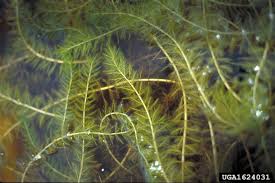


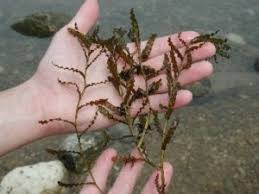
Curly-leaf pond weed has been found in several Maine lakes. Curly-leaf pondweed is located in the submersed plant community. Generally preferring soft sediments, it grows in waters that are shallow or deep, still or flowing. Curly-leaf thrives where many other aquatic plants do not, for example in waters that are shaded, disturbed, polluted or turbid.
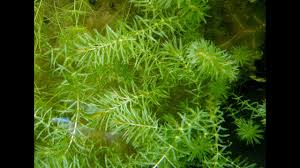

Hydrilla is found in the submersed plant community. The adaptability of this plant to a wide variety of environmental conditions has earned hydrilla its reputation as the perfect weed. Hydrilla can grow in a variety of substrates, in waters still or flowing, low or high in nutrients. Remarkably adapted to low light conditions, hydrilla can photosynthesize earlier and later in the day than most plants, grows well in turbid water and, when the water is clear, to depths exceeding 10 meters. Hydrilla typically occurs in dense, rooted stands, but live fragments may also be found drifting in large mats. Hydrilla is considered one of the most problematic of all aquatic invaders.
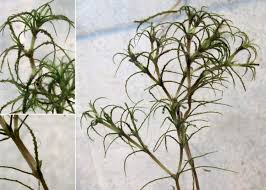

European naiad is currently known to occur in one Maine waterbody: Legion Pond in Kittery. European naiad is found in the submersed plant community, growing in ponds, lakes, and slow moving streams in depths up to 5 meters. Preferring sand and gravel, the plants thrive in a wide range of substrates.